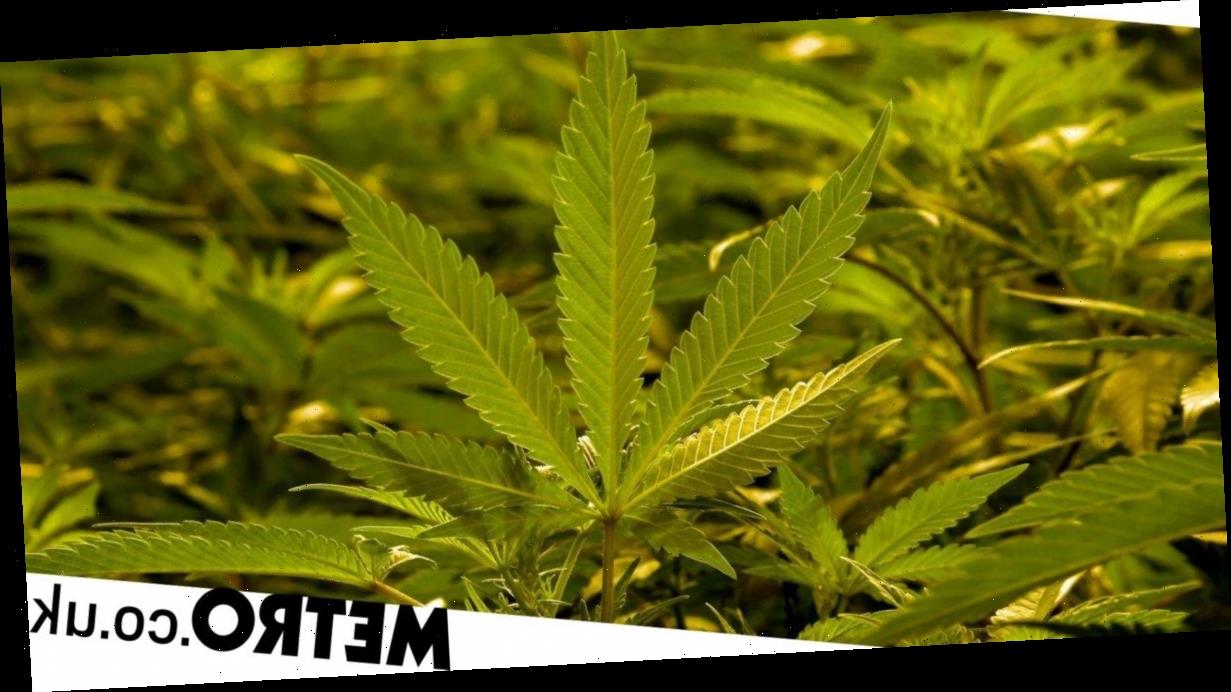Scientists have found a new chemical in weed that could be more than 30 times stronger than THC – the herb’s famous ‘active ingredient’ that’s esponsible for getting people stoned.
In a new report published in the respected journal Nature, researchers said they had isolated a substance which shares the ‘intoxicant activity of cannabis’. However, it is much more potent than THC.
Describing the ‘novel compound’, the researchers wrote: ‘In the cannabinoid tetrad pharmacological test, 9-THCP induced hypomotility, analgesia, catalepsy and decreased rectal temperature indicating a THC-like cannabimimetic activity.’
What this means is that mice that were fed the chemical slowed their movements, became less active, felt lower levels of pain and went into a trance-like state.
Oh, the stoned rodents also experienced a drop in the internal temperature of their bottom – which is not generally acknowledged to be the most popular effect of weed among the humans who choose to smoke it.
The new cannabis compound showed a ‘THC-like cannabimimetic activity’, which means it works a bit like THC and causes the afore-mentioned symptoms of being baked.
It’s been called tetrahydrocannabiphorol (THCP). Scientists tested how the cannabis chemical ‘binds’ with human cannabinoid receptors.
The super-strong compound was found to be 33 times more active than THC. However, the exact effect on the human body is not known.
Scientists recently discovered 16 different species of bees that gather pollen from cannabis plants.
A team of researchers went out into weed fields on farms in the state of New York armed with bug-catching nets.
They found huge numbers of bees thriving around marijuana plants, which are a ‘newly introduced and rapidly expanding crop in the American agricultural landscape’.
The bees are unlikely to get too buzzing when romping around the weed fields because the plants are actually hemp crops and therefore have lower levels of THC.
Rather than being rolled into massive joints and blazed in style of Bob Marley, material harvested from the hemp crops is used to produce fibre, grains and cannabidiol (CBD) – a nonpsychoactive cannabinoid produced by female hemp plants that is used to treat severe forms of epilepsy and also as a herbal supplement.
A report on the canna-bees suggested weed fields could help to sustain bees during seasons where they are ‘resource-limited’ and can’t find enough pollen.
‘The recent federal legalization and agricultural expansion of industrial hemp, Cannabis sativa, may influence the spatial and temporal distribution of pollen resources for bee communities in the United States.
Industrial hemp offers a unique floral resource to bees in agricultural landscapes. Hemp flowers late in the summer releasing an abundance of pollen during a period of native and agricultural floral dearth.
‘As a result, hemp pollen may offer a vital subsistence resource to bees at a point in the season when they are resource-limited.’
It’s illegal to grow weed at home in New York, but hemp can be commercially grown.
Obviously, farmers need to keep an eye on THC levels in their crop because they risk arrest if their ganja turns out to be psychoactive.
But they don’t need to worry about harming bees.
‘The presence of cannabinoids, particularly tetrahydrocannabinol (THC), in hemp pollen is not likely to have an impact on bee development due to the loss of cannabinoid receptors in insects,’ the authors added.
This means bees can’t get stoned because they lack the receptors found in herbalist humans.
Source: Read Full Article

